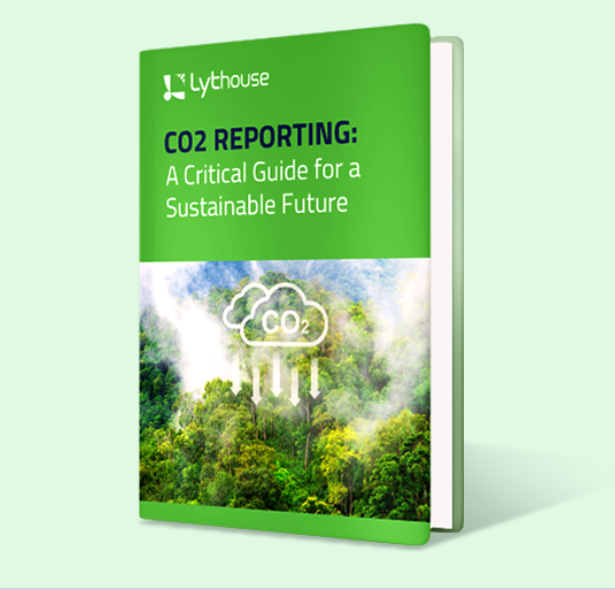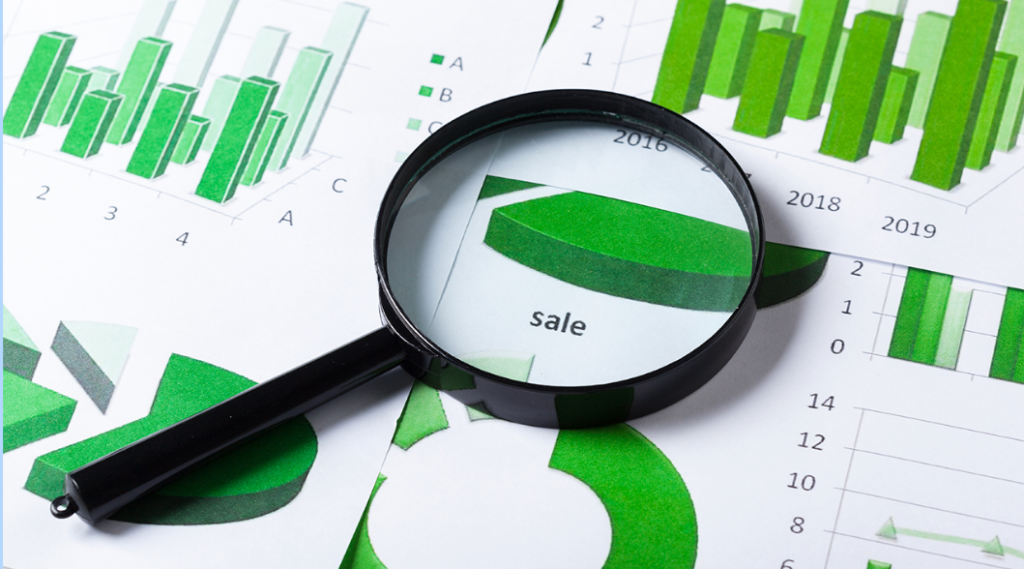As climate change intensifies, businesses are under increasing pressure to measure and manage their carbon footprint comprehensively. While Scope 1 and Scope 2 emissions, related to direct and indirect energy consumption, are relatively straightforward to track, Scope 3 emissions present a more complex challenge. These emissions, which occur indirectly across a company’s value chain, often represent the largest portion of a company’s total greenhouse gas emissions. This blog explores the importance of Scope 3 emissions calculators and highlights how Lythouse’s Carbon Accounting Software and ESG Report Studio can streamline this process.
Understanding Scope 3 Emissions
Scope 3 emissions are indirect emissions resulting from activities within a company’s value chain. These can be categorized into upstream and downstream emissions, including:
Upstream Emissions: Emissions from purchased goods and services, business travel, waste generation, and transportation.
Downstream Emissions: Emissions from the use of sold products, end-of-life treatment of sold products, and downstream leased assets.
Given their extensive nature, accurately calculating Scope 3 emissions requires robust data collection and analysis.
Unlock the Power of Effective Scope 3 Reporting with Our Comprehensive Guide

The Role of Scope 3 Emissions Calculators
Scope 3 emissions calculators are essential tools for businesses aiming to achieve comprehensive carbon accounting. These calculators help companies:
Identify Emission Sources: Pinpoint areas across the value chain where emissions are generated.
Quantify Emissions: Accurately measure the volume of emissions from various activities.
Set Reduction Targets: Establish realistic and impactful emissions reduction targets.
Track Progress: Monitor emissions over time to ensure alignment with sustainability goals.
Lythouse’s Carbon Accounting Software and ESG Report Studio
Lythouse offers innovative solutions designed to simplify and enhance the process of calculating Scope 3 emissions.
Carbon Accounting Software
Lythouse’s Carbon Accounting Software provides a comprehensive platform for tracking and managing carbon emissions across all scopes. Key features include:
Automated Data Collection: Integrates with existing systems to gather data from multiple sources, reducing manual input and errors.
Accurate Emission Calculations: Utilizes advanced algorithms and emission factors to ensure precise calculations.
Customizable Dashboards: Offers real-time insights and visualizations, making it easier to analyze and interpret data.
ESG Report Studio
Complementing the Carbon Accounting Software, Lythouse’s the ESG Report Studio helps businesses effectively communicate their sustainability performance. It includes:
Comprehensive Reporting Tools: Facilitates the creation of detailed ESG reports that comply with regulatory standards and stakeholder expectations.
Integrated Analysis: Combines emissions data with other ESG metrics for a holistic view of sustainability performance.
Stakeholder Engagement: Enhances transparency by providing clear, accessible reports for investors, customers, and other stakeholders.
Conclusion
Accurately measuring Scope 3 emissions is crucial for businesses committed to reducing their overall carbon footprint and achieving sustainability goals. Scope 3 emissions calculators, supported by robust platforms like Lythouse’s Carbon Accounting Software and ESG Report Studio, provide the tools needed to navigate this complex task effectively. By leveraging these solutions, companies can not only meet regulatory requirements but also drive meaningful environmental impact and enhance their reputation as sustainability leaders.






